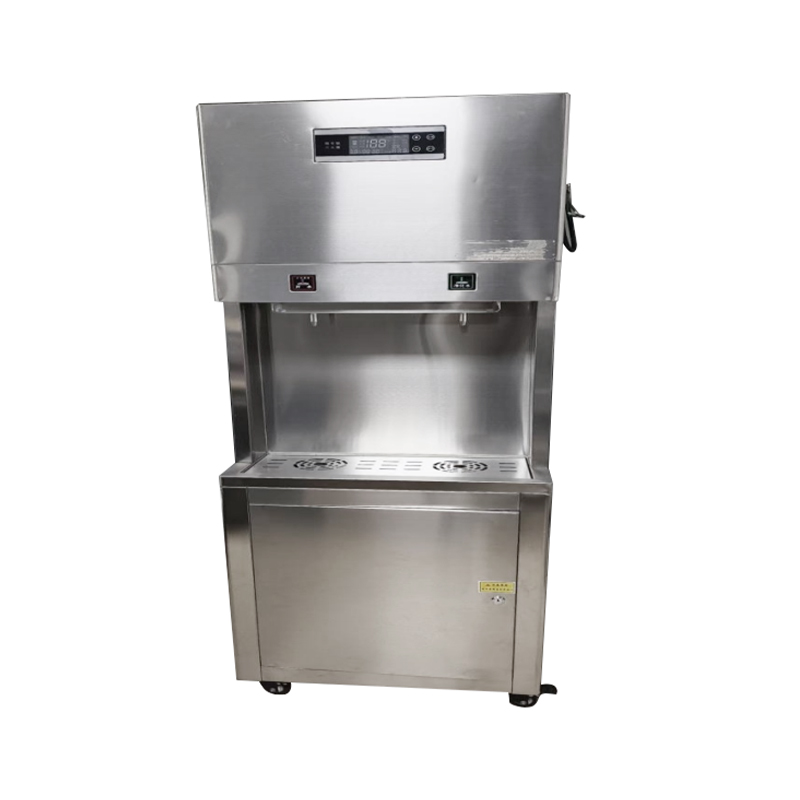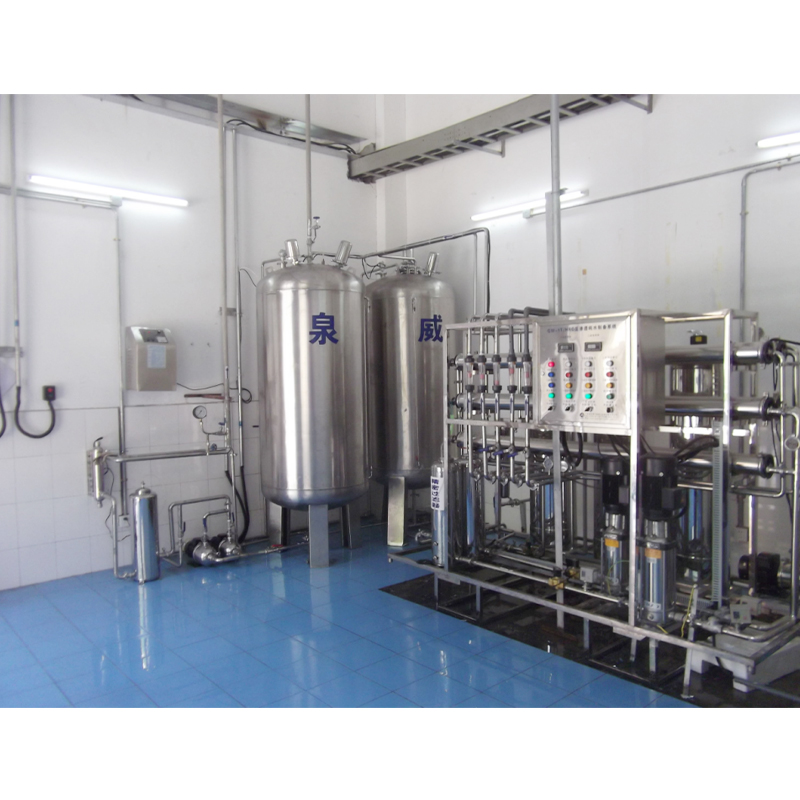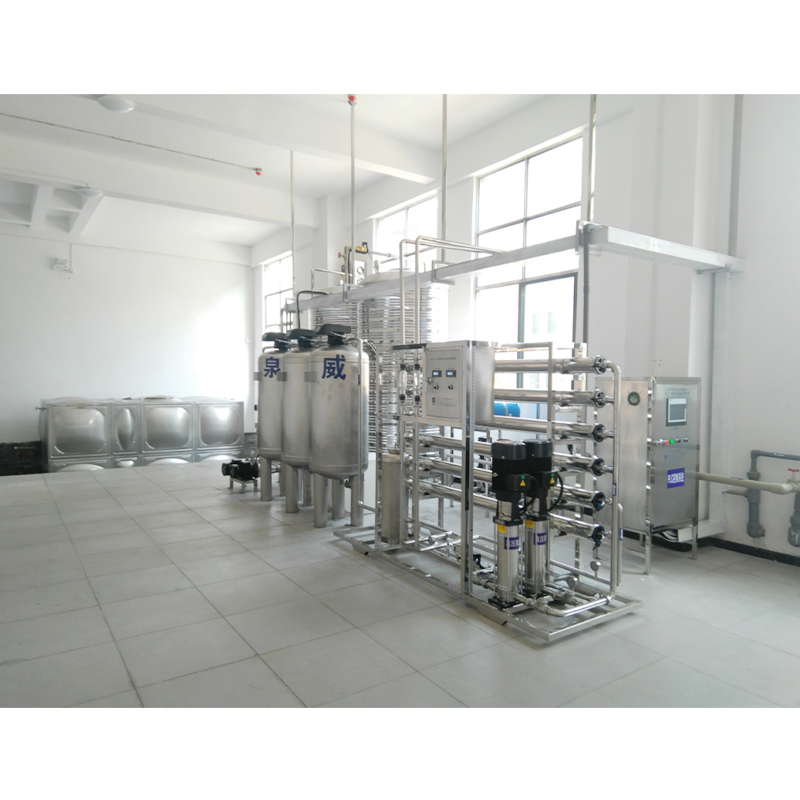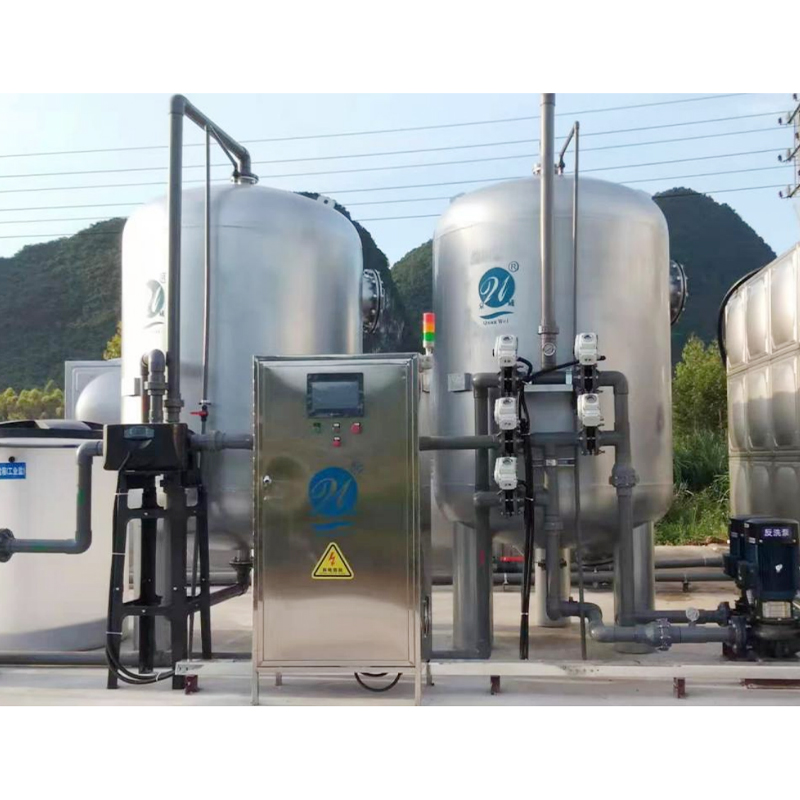How does a commercial water dispenser solve the water pressure fluctuation during large-flow water supply?
Release Time : 2025-09-18
In high-flow commercial water dispenser scenarios, water pressure fluctuations are a core issue that impacts user experience. The root cause lies in the water supply system's inability to respond to instantaneous flow changes. Addressing this issue requires a solution encompassing four key dimensions: power matching, pressure buffering, pipeline optimization, and intelligent control. This ensures stable water pressure even when multiple users are using the system simultaneously.
A compatible power system is essential for stable water pressure. Traditional water pumps often experience sudden drops in water pressure when handling high flow demands due to insufficient motor power or lag in speed regulation. Commercial water dispensers using variable-frequency pumps can use built-in speed sensors to detect flow changes in real time and rapidly adjust motor speed using the inverter. For example, when multiple users are using the system simultaneously, the variable-frequency pump automatically increases speed to maintain outlet pressure; when water demand decreases, the pump decreases speed, minimizing water pressure fluctuations and reducing energy consumption. Some high-end commercial water dispensers also utilize a dual-pump parallel design. If a single pump cannot meet demand, the system automatically activates a backup pump, ensuring stable water pressure through power redundancy.
Pressure buffers are crucial for mitigating water pressure fluctuations. When commercial water dispensers deliver high-flow water, pump startups and shutdowns, or sudden changes in flow, can easily cause pressure fluctuations within the pipeline. Installing a pressure tank effectively addresses this issue. The pre-charged gas within the tank is separated from the water by an elastic diaphragm. When the pump's outlet pressure increases, water is forced into the tank, compressing the gas and storing energy. When water pressure drops due to increased water consumption, the compressed gas expands, pushing water back into the pipeline, maintaining stable system pressure. Furthermore, a pressure-stabilizing valve can further refine pressure regulation. By adjusting the spring tension and controlling the valve opening, it ensures that the commercial water dispenser's outlet pressure remains stable within the set range, preventing unstable terminal water pressure caused by fluctuations in pump output pressure.
The rationality of pipeline design directly impacts water pressure transmission efficiency. Traditional straight pipelines are prone to pressure drop at the end due to water inertia during high-flow water supply. However, a commercial water dispenser with a ring-shaped pipe network design can form a multi-path water supply circuit. When water demand increases in one section, other routes automatically replenish water, balancing pressure across the entire network. Optimizing pipe diameter is crucial. Excessively thin pipes can lead to pressure loss due to excessive flow resistance. Commercial water dispensers must select the appropriate pipe diameter based on actual water usage. For example, main water supply pipes should use DN32 or DN40 to minimize pressure loss. Furthermore, excessive use of fittings such as elbows and tees in pipes can increase flow resistance. Commercial water dispensers should reduce pressure loss by reducing the number of fittings or using elbows with larger curvature radii.
The introduction of intelligent control systems can proactively prevent water pressure fluctuations. Commercial water dispensers install pressure sensors in the water supply network to monitor pressure data at each node in real time and feed this information back to a central controller. When a pressure drop is detected in a specific area, the controller prioritizes adjusting the speed of the corresponding pump or activating a backup pump to ensure precise pressure supply. For example, in office buildings, commercial water dispensers can predict peak water usage based on rush hour and rush hour, adjusting pump output pressure in advance to avoid pressure fluctuations caused by centralized water withdrawal. Some commercial water dispensers also support IoT integration, allowing remote monitoring of device operating status via mobile apps or cloud-based management interfaces, enabling timely detection and resolution of potential faults.
Regular maintenance and component upgrades are long-term measures to ensure system stability. Issues such as impeller wear, pipe scaling, or gas leaks in pressure tanks can gradually degrade system performance, necessitating a regular inspection schedule. For example, quarterly checks of pump operating status, annual pipe cleaning, and biennial testing of pressure tank gas pressure are essential. For older commercial water dispensers, upgrades to more efficient variable-frequency pumps or intelligent pressure stabilization devices can enhance system resilience through technological iteration.







